Practicality & space:
The Kona car is only 150mm longer than the previous car, but because it’s now been designed first and foremost as an electric car, it feels far more spacious inside than that modest increase would suggest.
In the back you’ll find a nice flat floor and spacious bench seat with good headroom and improved legroom, mainly thanks to the extra length, but also because the front seats have been slimmed down by a third. You don’t notice that when you’re sitting in them, as they’re very comfy. The door apertures are noticeably bigger than some rivals, too, which makes it easier to wrestle your toddler into their car seat.
In keeping with the Kona’s family car intentions, there are two USB charging points in the back, along with that very useful three-pin socket for charging any kind of electrical device. If we’re looking for niggles, the rear door cubbies are a little on the small size, but you do get storage nets on the back of the front seats.
The boot is usefully bigger than in the previous Hyundai Kona, so you now get 466 litres with the seats up or 1,300 litres when they’re down - making it far larger than the space on offer in the Volvo EX30 and the Peugeot E-2008. Avoid the Advance model if you think you will want to drop the seats occasionally, as it gets a single-piece fixed back rest. Every other version of the Kona gets useful 40/20/40 split seats that allow you to fold a portion of the rear-seat backrest, so that you can carry people and a longer item if you need to.
It’s a more usable boot shape than in the Renault Scenic, too, and it comes with a clever feature that allows you to store the parcel shelf up against the back seats when you need to take it out. It’s a small thing, but sometimes it’s these thoughtful details that make for a really excellent family car. A small ‘frunk’ storage space under the bonnet of the car is ideal for storing your charging cables.
Interior & Design
The interior of the Kona Electric is smart and feels durable. It doesn’t quite compete with the lovely, tactile, ultra-modern finishes of rivals like the Renault Scenic and Volvo EX30, but there are some cool details throughout the cabin, like the morse code that spells out the letter ‘H’ in the centre of the steering wheel - replacing the traditional Hyundai badge. But practicality hasn’t been glossed over in favour of gimmicks; the comfortable seat can be altered to fit drivers small or large and there are plenty of storage areas - from the spacious centre console with a lift out compartment, to pop out cup holders, a small shelf above a good-sized glove box and door bins that will easily hold a large bottle of water..
Having said that, we do really like the way the Kona’s driver controls - including the gear selector - are now focused around the steering wheel, just where the driver needs them to be. This leaves space for physical buttons that operate the infotainment system and climate control. We’re big fans of physical buttons for some functions, as it means you don’t need to fiddle around in a touchscreen so often while you’re driving, so having ‘proper’ air-con controls is a win in our books. The paddles on the steering wheel are well-positioned to adjust the regenerative braking, too.
Don’t go expecting the Kona to have a high-set SUV driving position. While the Hyundai does have some SUV/Crossover styling cues, from behind the wheel it just feels like a (very slightly raised) hatchback. Not really much different from the ID.3 and Cupra Born, in fact, so you’ll want to look at alternatives like the MG ZS EV or Skoda Enyaq if you want a more SUV-like feel behind the wheel.
Dashboard
You can't help but notice the twin 12.3-inch screens that crown the top of the Kona’s dash, but we’ll come onto the usability of that infotainment system just a little further down the review. Suffice to say that the Kona’s materials feel dense and good quality, if cheaper than some alternatives, and the simple design that features strong horizontal lines and ambient lighting, is inoffensive if a bit boring. Rivals from Renault and Peugeot both have more striking interiors, but everything’s where you expect it to be on the Kona’s dash, and the nothing feels like it’s going to fall off - so it’s not likely to leave you feeling short-changed.
Technology & Equipment
The touchscreen and digital driver’s readout that you get in the Kona are now very similar to the systems you get in its big brother, the excellent Hyundai Ioniq 5. The screen is quick to respond, has sharp graphics and colour contrast, and doesn’t reflect the sunlight too badly, so it’s one of the easier systems to use – way easier than the MG’s and Volkswagen’s, for instance, although we do favour the Google brain that powers the Renault’s touchscreen software, overall.
Apple CarPlay and Android Auto are standard, as is in-built satnav with a charger search function, and there’s a phone app to give you remote control of the car’s charging, locking and climate control.
Even the basic Hyundai Kona Advance gets dual-zone climate control, keyless entry, heated door mirrors, LED lights and 17-inch alloy wheels, while N Line adds 19-inch wheels, wireless phone charging, heated front- and rear-seats, heated steering wheel and powered tailgate. N Line S really boost the interior ambience with part-leather and Alcantara seats and strikes of sporty red trim around the place, not to mention a head-up display, Bose sound system, electric seat adjustment and more. Ultimate trim is the same price as N Line S, but focuses on comfort rather than a sporty look, much the same equipment, but sacrificing the head-up display for a panoramic sunroof. You can have the smaller 17-inch alloy wheels on the Ultimate trim, too, so that you can have full-fat comforts inside but still keep the car’s maximum potential driving range.
Safety
Safety equipment is good on the Kona Electric. Adaptive cruise control and lane-keep assist are standard, and combine to give the Kona a semi-autonomous drive mode that will stop-start with the traffic, and steer to keep the car centred in the lines. Front and rear parking sensors, and a reversing camera, are also standard across the range.
You have to go for N Line S or Ultimate trims to get blind spot warning, though, but it does also come with a camera function that automatically beams a view of the side of the car to your driver’s display when you indicate – so that you can see if there’s a cyclist or any other potential hazards in your blind spot. You also can’t get rear cross-traffic alert on the Kona (which tells you if there’s another vehicle approaching as you reverse out of a parking space), nor does it tell you if there’s a cyclist approaching when you’re about to open your car door – both of which are features that some newer rivals offer.
Euro NCAP gave the Kona Electric four- out of five stars in its independent crash tests, where it managed 80% for adult occupant protection and 83% for child occupant. Not terrible at all, but not as good as the results that the Nissan Ariya, Renault Scenic E-Tech and VW ID.3.






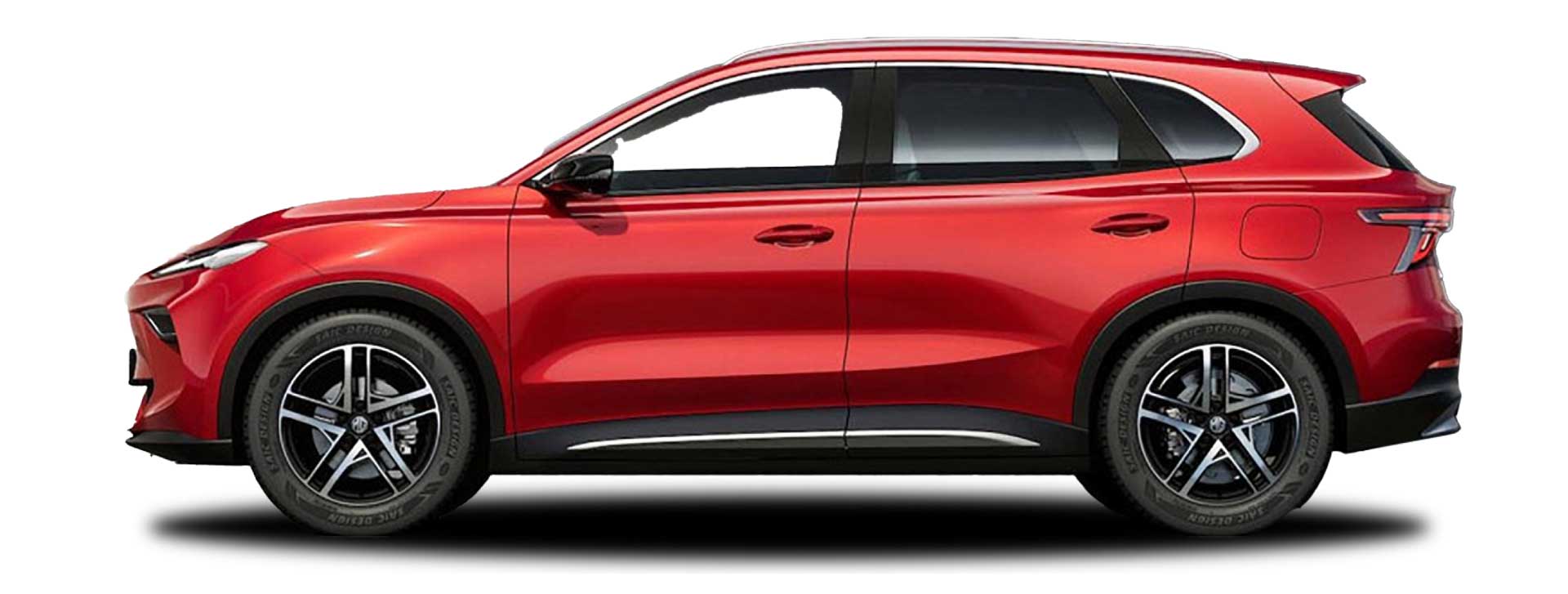






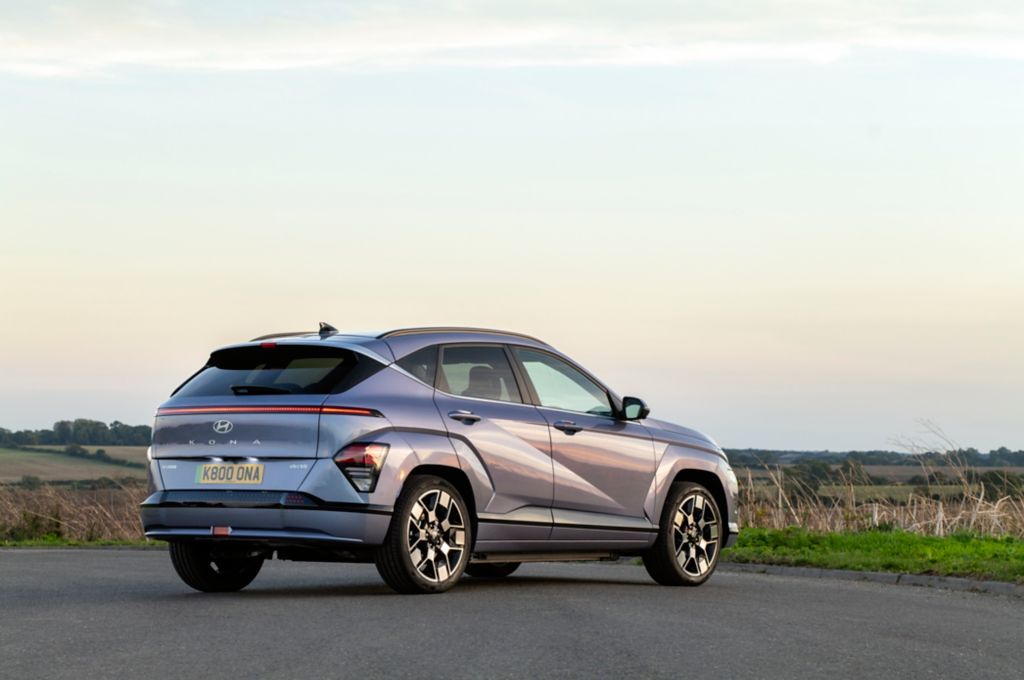

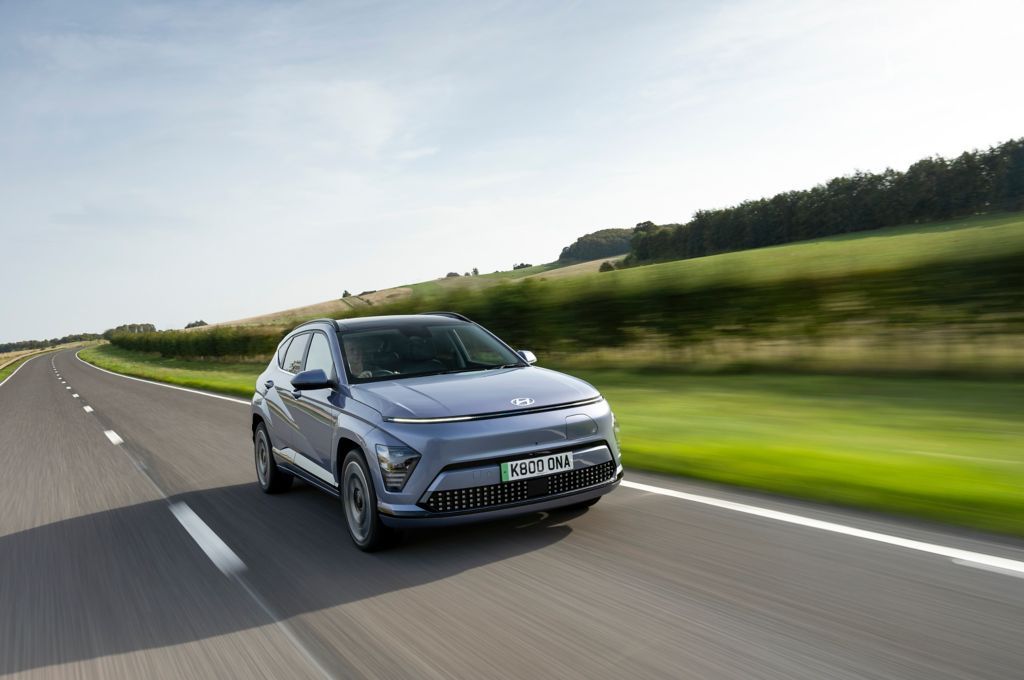
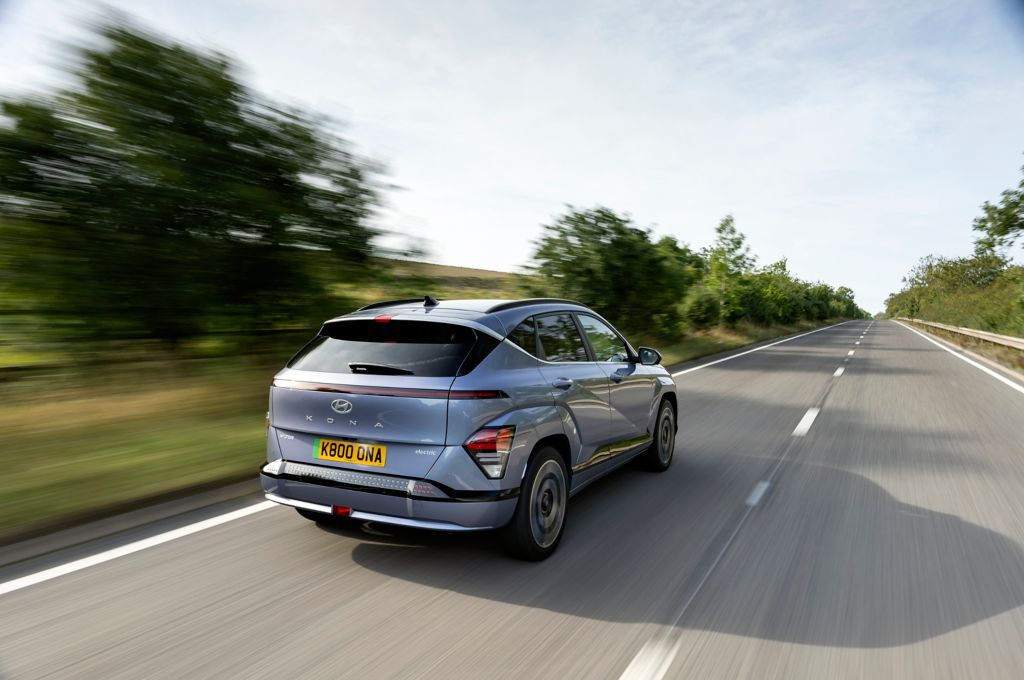
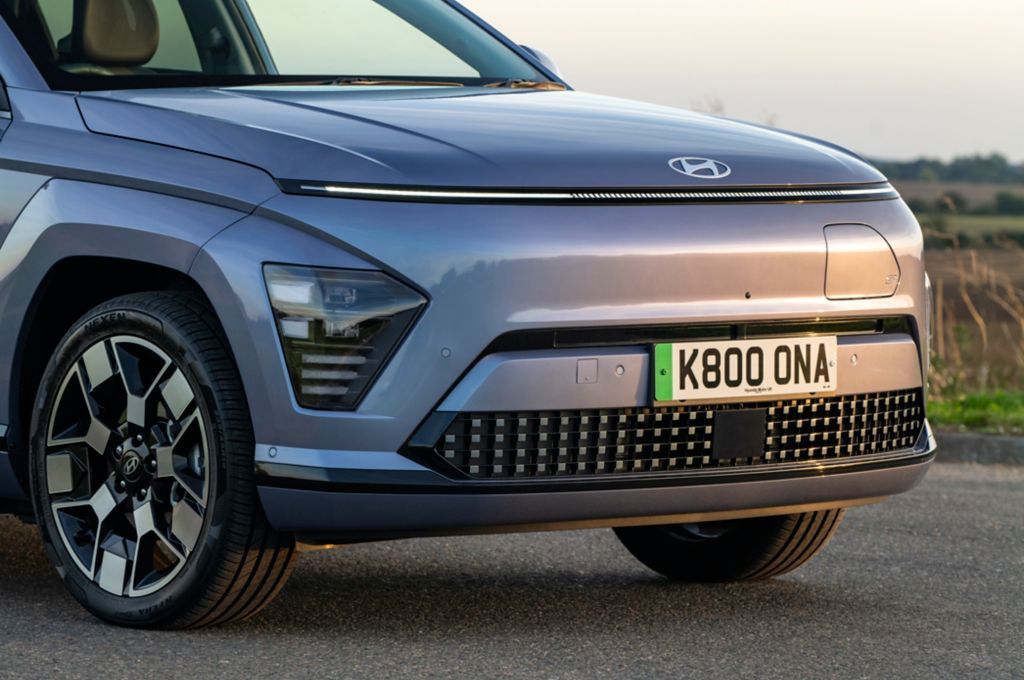
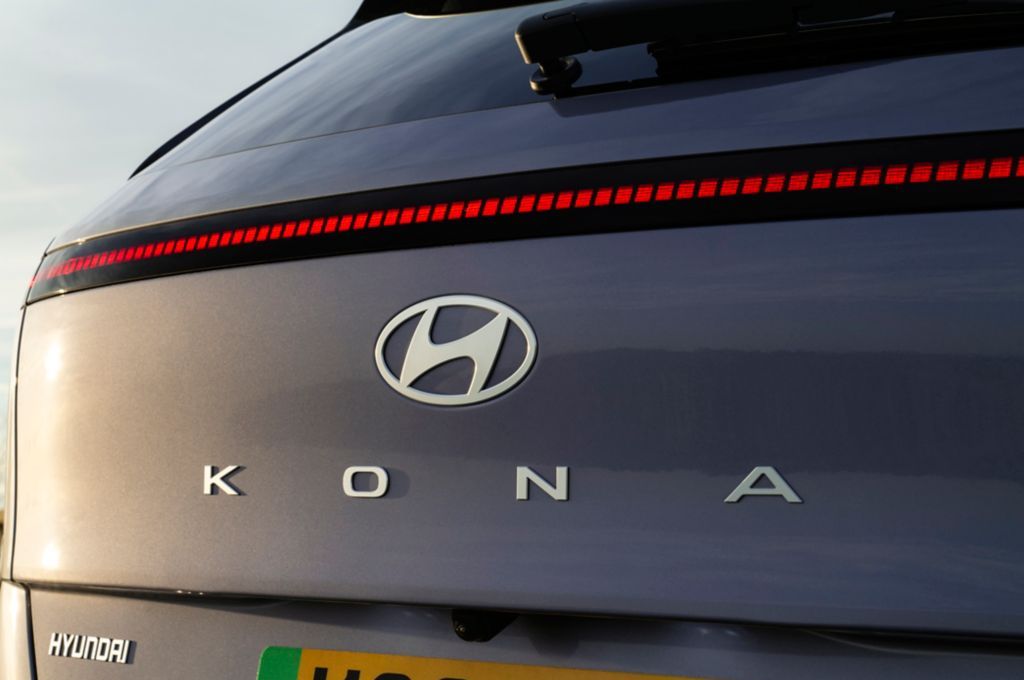
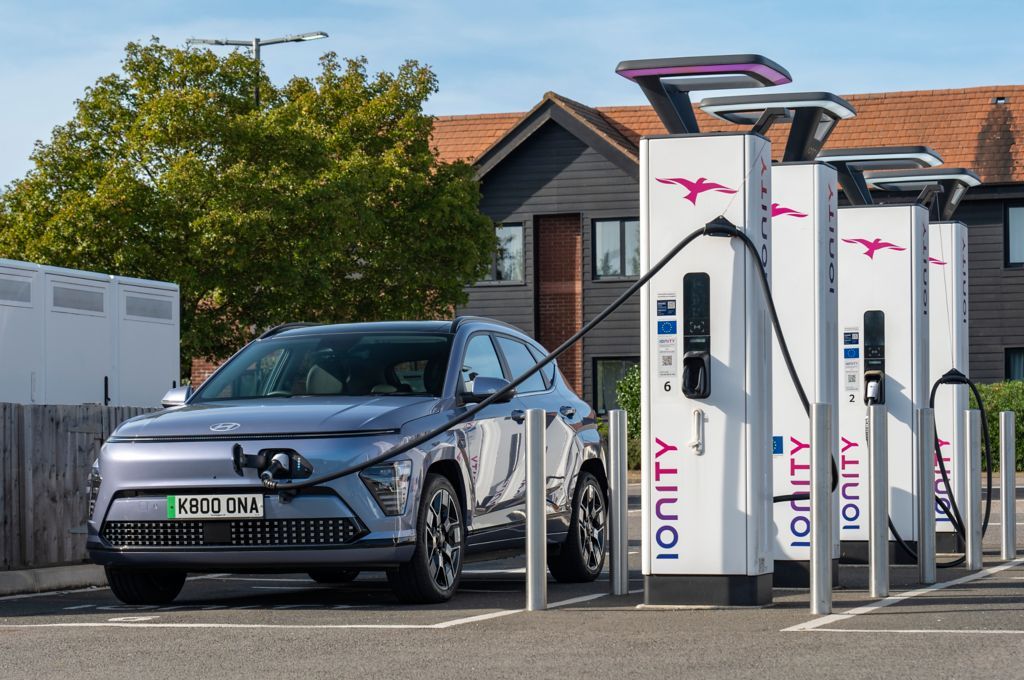
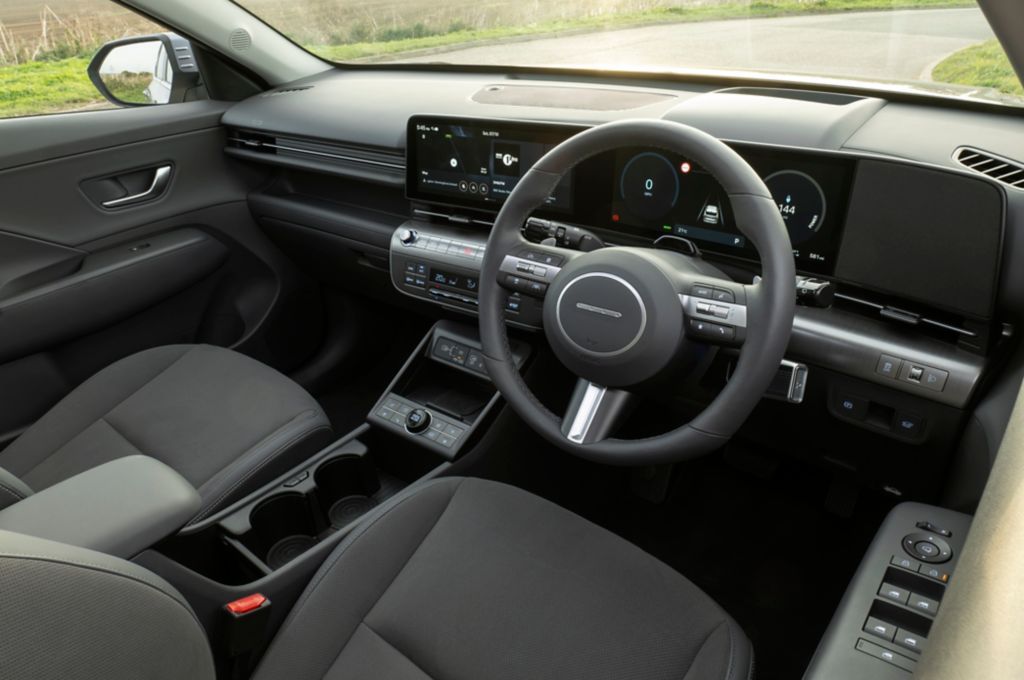
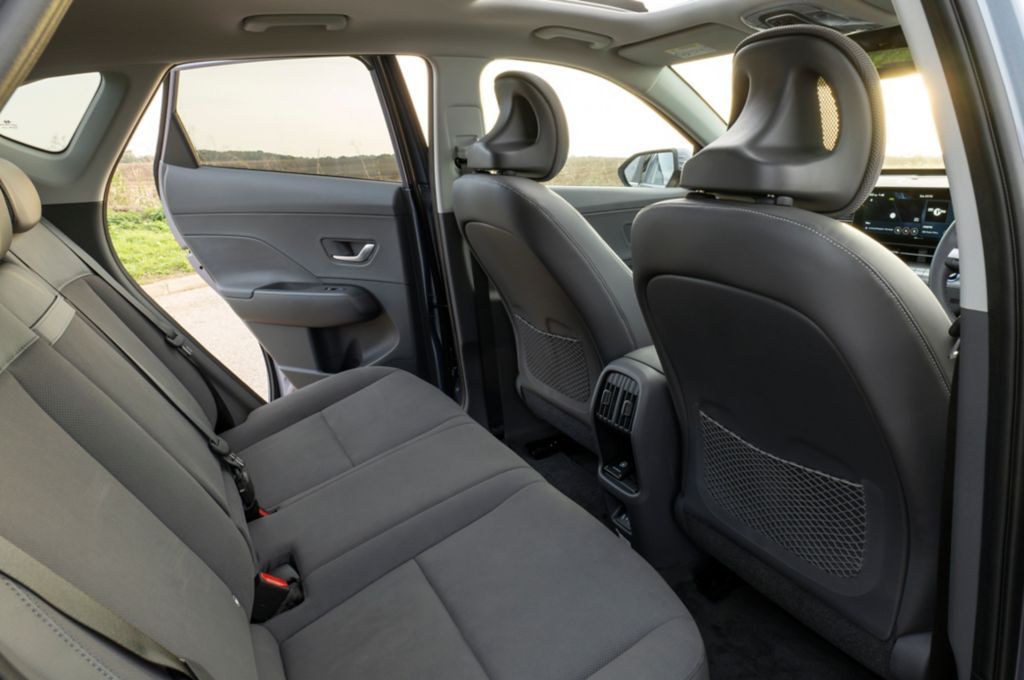
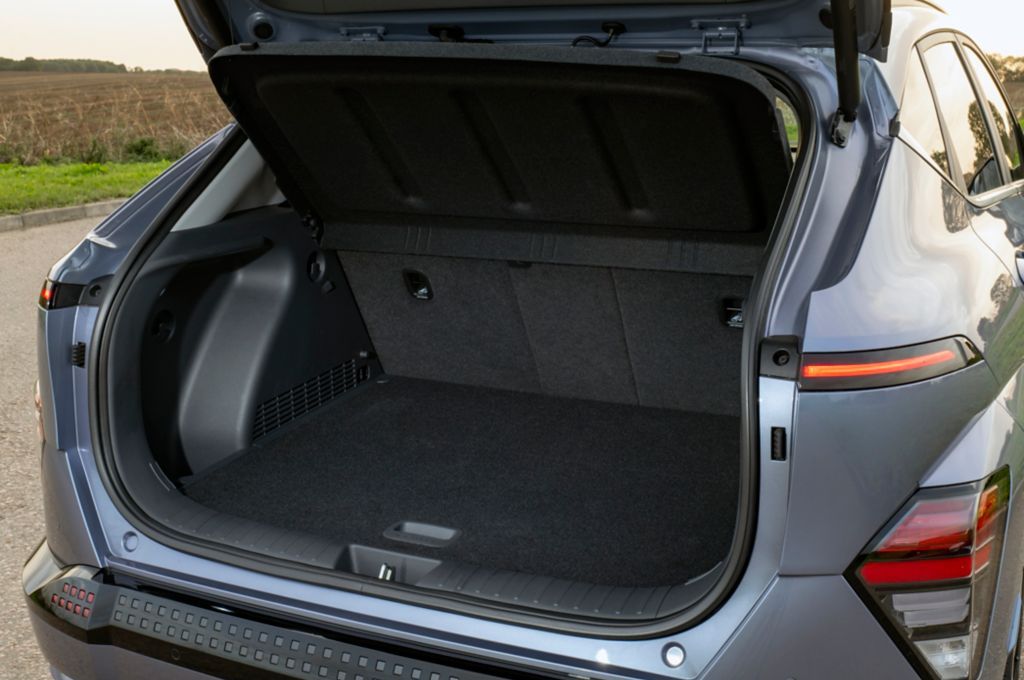




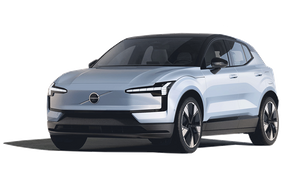


.jpg?width=300&height=185)
